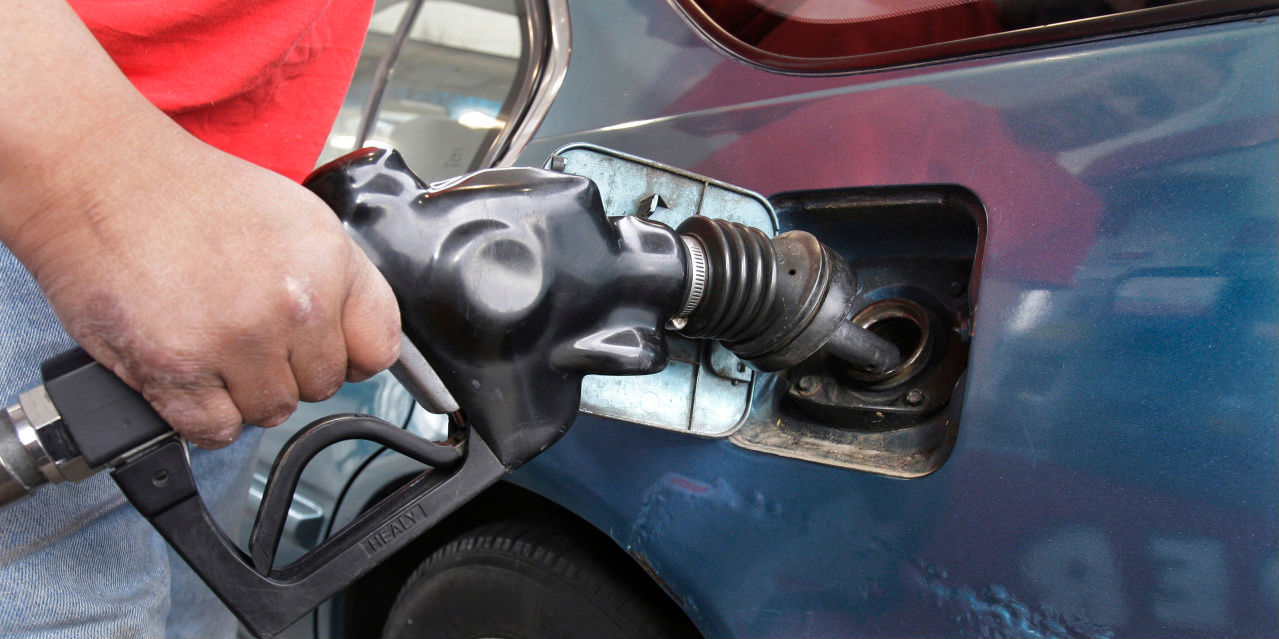Here’s something many of us never thought we’d see: complete chaos in two oil-producing Middle Eastern countries and yet U.S. gasoline prices have remained flat—if not declined.
Videos by Rare
For decades, every time the Middle East got sick, the U.S. felt the gas pains—literally. Crude oil prices would immediately start to rise, and so would gasoline prices at the pump.
And understandably so. The U.S. imported the majority of its crude oil, much of it coming from the Middle East. When those flows were interrupted, or at least threatened to be, markets went into a panic, as did oil prices.
And yet at President Obama orders, U.S. warplanes have been striking ISIS targets in Iraq for several weeks, and are now going after the terrorist group in Syria.
While Syria is way down the list of oil-producing countries, Iraq is the seventh largest in the world. That production and distribution has to have taken a big hit due to the recent violence and political turmoil, and yet prices at the pump are lower than they have been in years. Indeed, some states have reportedly broken the $3.00 per gallon mark that many analysts thought we’d never see again.
And here’s the biggest miracle of all: It seems no one is claiming that Obama’s intervention in Iraq and Syria is solely for the purpose of keeping the oil flowing—as many critics claimed when then-President George H.W. Bush (Bush 41) pressed for a military coalition to drive Iraq out of Kuwait after it invaded the country in 1990.
The reason for the change is that innovative drilling techniques have made it possible to dramatically increase oil and natural gas production, making shortages elsewhere less volatile. The U.S. has become the leading natural gas producer in the world, and is, or soon will be—according to whose data you use—the largest crude oil producer.
Today, about 33 percent of petroleum consumed in the U.S. is imported from foreign countries, the lowest level since 1985, according the government’s Energy Information Administration. Within the decade, the U.S. could be energy independent. That’s a goal every 2016 presidential candidate should promise to achieve—because it’s in our national security interests.
Nearly 20 percent of the world’s oil and global liquefied natural gas (LNG) are shipped through the Strait of Hormuz, which is controlled by Iran and Oman. Suppose Iran threatens to close the Strait—as it has threatened in the past. What would the U.S. do?
Russia has long used oil and natural gas as a foreign policy bludgeon against its neighbors. About 16 percent of Europe’s natural gas currently comes from Russia, via Ukraine. Suppose Russia says that any country imposing economic sanctions on it will no longer receive natural gas supplies—a scenario that’s only made unlikely because Russian President Vladimir Putin needs the money. Again, what would the U.S. do?
The U.S. is on the cusp of a modern miracle: obtaining energy independence. Increased oil and natural gas drilling have dramatically increased inventories, stabilizing supplies and prices—even in the midst of some very destructive Middle Eastern wars.
Chaos may reign in the Middle East for a long time, but that doesn’t mean it has to reign in energy markets. New drilling technologies allow the next U.S. president to make energy independence a national security goal.



